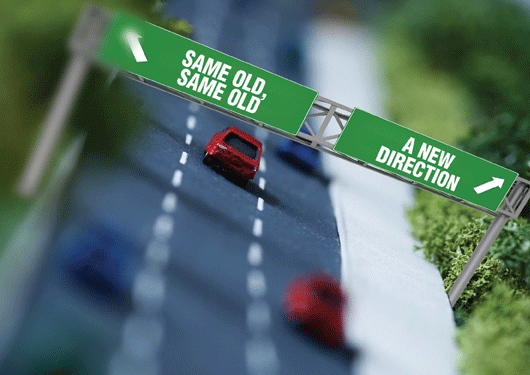
Visit Our Sponsors |
|
|
|
|
|
|
|
|
|
|
|
|
|
|
|
|
|
|
|
|
|
|
|
|
|
|
|
|
|
|
|
|
|
|
|
|
|
|

E-commerce orders are different from typical replenishment orders. For example, order size and shipping unit of measure are much smaller than the order size and unit of measure for store replenishment. Peak shipping days also tend to be more intense and more concentrated for e-commerce orders. Volume that exceeds four to five times the average is not unusual.
In addition, brick and mortar retailers need to define how they incorporate their stores into the e-commerce fulfillment network. Store fulfillment, pickup-in-store, and return-to-store may be necessary to meet customer expectations and keep up with competition.
If your e-commerce business is growing and there is a challenge to keep up with the demand, now is the time to improve your order fulfillment capabilities. First, remember strategy comes before structure. The business strategy drives the fulfillment network structure. Retailers must define the target market, products, services, and value proposition, and the capabilities needed to deliver products and services to the target market. There is no one-size-fits-all approach, and the strategy must be customized to meet the specific needs of the business.
Once the strategy is clear, proceed to infrastructure"”that is, planning the network of fulfillment centers (FCs), distribution centers (DCs), direct delivery centers, forward fulfillment centers, direct special services centers, depots, forward picking locations, cross-docks, and other processing/shipping locations. Another key consideration is whether to perform fulfillment operations in the store replenishment DC or to open separate FCs, which are solely dedicated to fulfilling e-commerce orders.
For design, remember these best practices principles:
1. Develop flexible solutions for shorter time horizons: A much shorter time horizon (2 to 3 years) should be used to build capabilities that meet core requirements but can be scaled to meet future needs.
2. Plan for same-day order fulfillment: Customers are demanding instant gratification. Fulfillment systems must be built to pick, pack, and ship customer orders the day the order is received.
3. Automation is not a guaranteed solution at high volumes: The greater the peak-to-average ratio is, the less you want to be tied to the constraints of automation.
4. The order fulfillment process typically consists of multiple flows to optimize productivity and efficiency, as well as reduce order cycle times: Batch-pick single-line orders and send directly to packing. Some multi-line orders that are not easily batched or consolidated may require a discrete order picking process.
5. Packing often becomes the throttle for the entire fulfillment process, and special care must be taken to properly size packing: Order types and profiles should drive the process, and a combination of manual and automated pack lanes are typically the right path.
The Outlook
Each company's specific situation is different and there is no right or wrong answer. What works for one may not work for another. But adopting the right distribution strategy and operational best practices is critical to successful e-commerce order fulfillment in this age of rapid change and growth.
RELATED CONTENT
RELATED VIDEOS
Timely, incisive articles delivered directly to your inbox.

